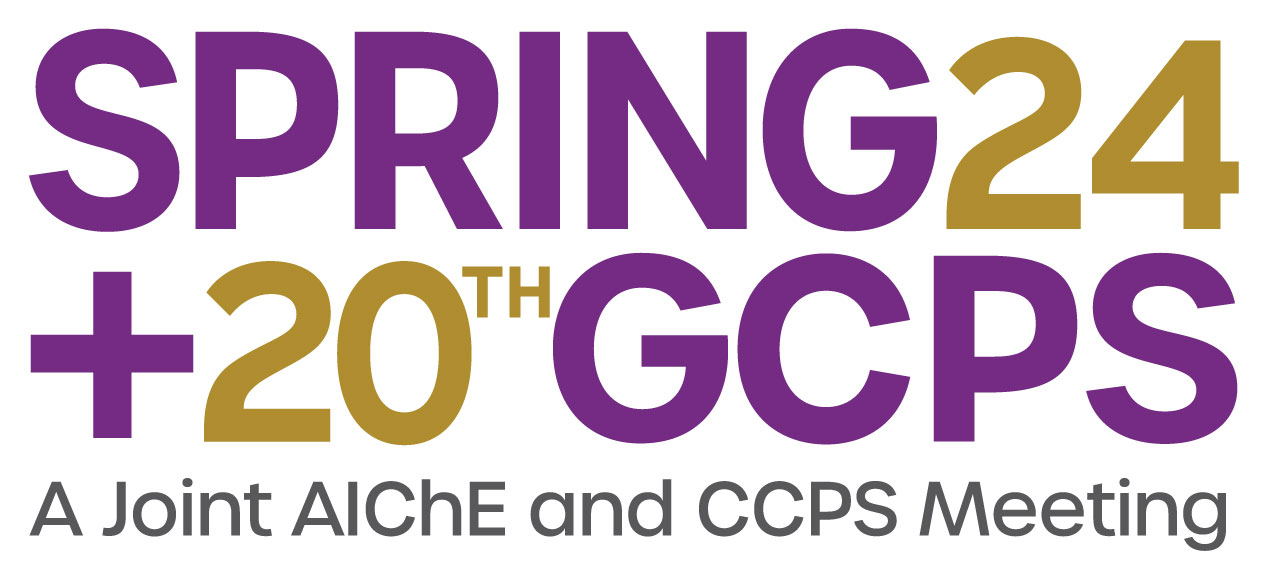

In the draft Hazardous Organic NESHAPS (HON) revisions, subject facilities must commence fenceline monitoring (FLM) within one year of the March 2024 publication of the final HON rule revisions in the Federal Register, with the publication deadline set in a consent decree between EPA and several litigants. Thus, HON FLM will begin in a little more than a year from now for HON-affected sites that use, produce, store, or emit benzene, 1,3-butadiene, chloroprene, ethylene dichloride, vinyl chloride, and/or ethylene oxide. The HON revisions, including FLM requirements, will apply to process units subject to the HON at chemical manufacturing complexes including numerous Ethylene Manufacturing facilities. For many of these facilities, these new FLM requirements will come in addition to those already imposed by recent EPA Consent Decrees (CD) and pose new complex challenges with overlapping programs.
As more public and agency scrutiny is applied to FLM data, facilities will find it beneficial to minimize public exposure that comes with elevated fenceline concentrations. As many refineries found in implementing FLM programs and those Ethylene production facilities currently implementing programs required by CDs, emissions affecting fenceline concentrations can come from unexpected sources. Thus, one year from rule promulgation to collecting data to report to the public is a very short timeframe to set up a pilot study and make any changes the site wishes to implement before the FLM data is reported. Therefore, setting up pilot studies and potentially utilizing mobile monitoring technology is something for facilities to consider now, especially considering how laboratory resources were serious constraints during the 2022 HON Section 114 Information Collection Request data collection effort.
Additionally, the draft HON FLM provisions allow for site-specific monitoring plans that can be crucial for HON sites that are adjacent to other facilities that emit one or more of the appliable HON FLM compounds. Collecting initial FLM data and taking appropriate steps to address any elevated concentrations, including determining the contributors to elevated fenceline concentrations and potentially developing an FLM site-specific monitoring plan, can take several months. Therefore, being ready to start pilot studies on or before the March 2024 HON publication date will be important for many HON applicable facilities.
This presentation will provide insights from developing multiple FLM site-specific monitoring plans, setting up more than a dozen refinery and chemical plant FLM pilot studies, including both Method 325A/B and TO-15 summa canisters, and mobile monitoring.
Attendee Takeaways
- The deadline for implementing the new HON fenceline monitoring requirements is a little more than a year away.
- Ethylene manufacturing plants with a HON applicable unit(s) will require fenceline monitoring around the entire facility and are likely to include 1,3-butadiene, chloroprene, ethylene dichloride, vinyl chloride, and/or ethylene oxide in addition to benzene which may already be required by an EPA CD.
- Facilities subject to the new HON fenceline monitoring need concrete plans to conduct pilot studies soon after rule promulgation so they can take steps discussed during the presentation to identify contributors to elevated concentrations and potentially initiate mitigation strategies.
- Site-specific monitoring plans may be needed for facilities in close proximity to other refinery and petrochemical facilities.
Presenter(s)
Language
Pricing
Individuals
| AIChE Member Credits | 0.5 |
| AIChE Pro Members | $19.00 |
| Fuels and Petrochemicals Division Members | Free |
| AIChE Graduate Student Members | Free |
| AIChE Undergraduate Student Members | Free |
| AIChE Explorer Members | $29.00 |
| Non-Members | $29.00 |
